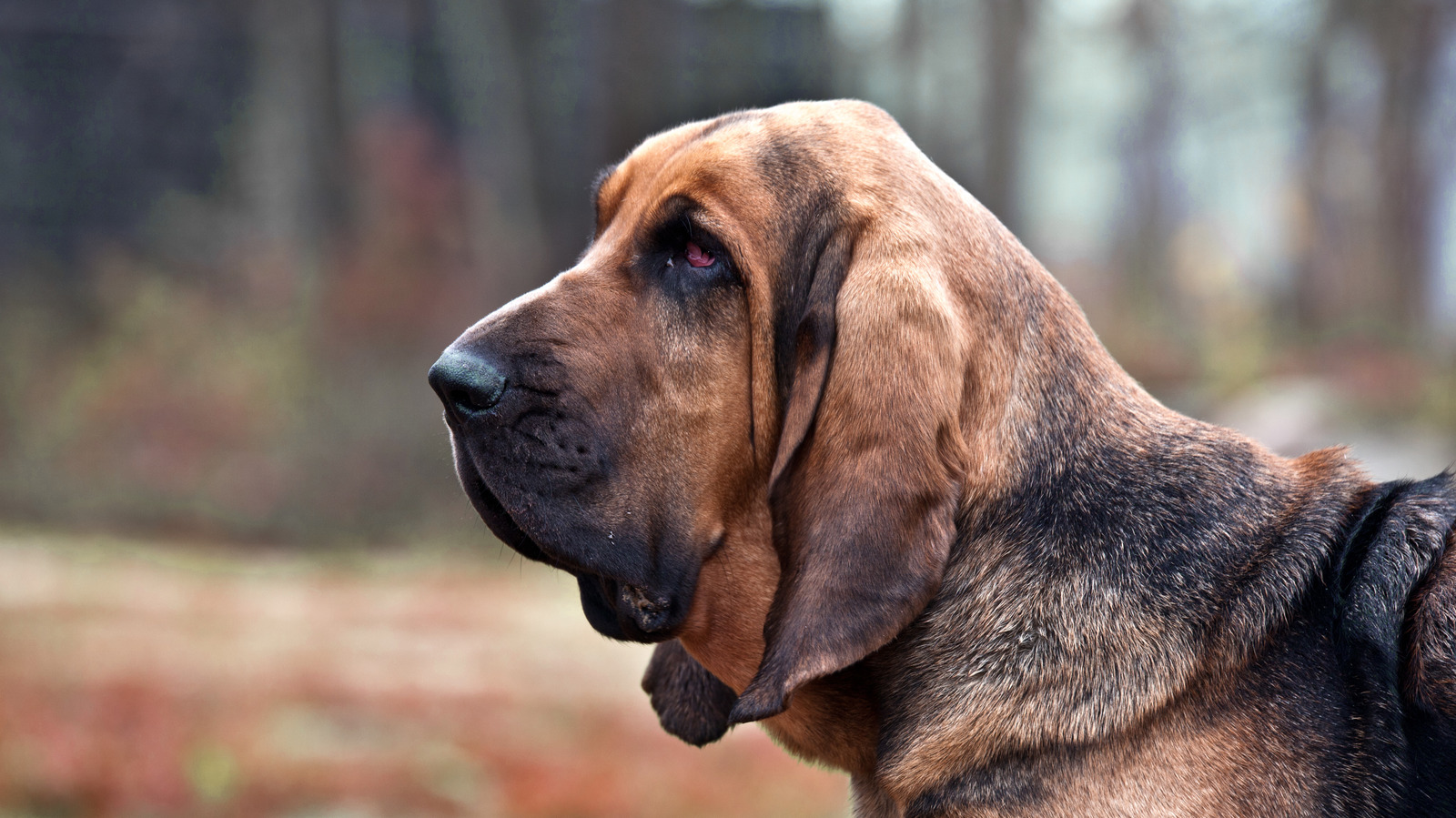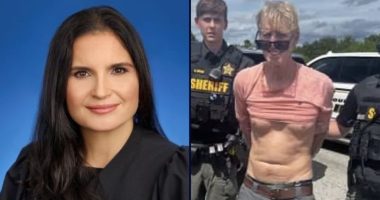
Around the same point that Steven Hatfill was cleared of suspicion, another U.S. Army scientist and person of interest, Bruce Ivins, committed suicide before charges could be brought against him. Though evidence linked Ivins to the specific strain of anthrax used in the attack, the guilty verdict drawn by federal investigators remains disputed, based on 2011 reporting from ProPublica. Despite the outcome of the Hatfill case — which involved evidence gathered by bloodhounds — as of 2010, bloodhounds, including Tinkerbelle and Lucy, remained an important tool in FBI investigation.
Read Related Also: Ohio Neo-Nazi Charged With Firebombing Church Over Drag Story Hour
Founded in 2002, shortly after the anthrax attacks took place, bloodhounds are now used as part of the Human Scent Evidence Team (HSET) to track suspects, sniff-out explosives, and recover human remains, among other tasks (via the FBI). Per the agency’s website in 2010, an FBI representative said of using bloodhounds, “Our goal is to promote a science-driven program with the highest standards of training, certification, and professionalism … It’s part of the FBI Laboratory’s commitment to provide exceptional forensic science services to our federal, state, local, and international law enforcement partners.” The complete story of the anthrax attacks is told in the Netflix documentary “The Anthrax Attacks: In the Shadow of 9/11.”








